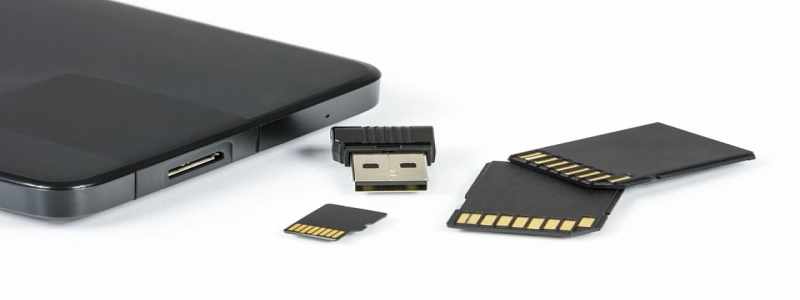144 Strand Single Mode Fiber
Introduction
Single mode fiber is a type of optical fiber that allows only one mode of light to propagate. It is widely used for long-distance telecommunications and data network applications due to its high bandwidth and low signal loss. One particular type of single mode fiber that has gained popularity in recent years is the 144 strand single mode fiber. In this article, we will discuss the features, advantages, and applications of this type of fiber.
Features
The 144 strand single mode fiber, as the name suggests, consists of 144 individual strands within a single fiber cable. Each strand is designed to carry a single mode of light, which provides a higher bandwidth compared to multimode fibers. It has a core diameter of 8 to 10 microns, allowing for efficient transmission of light signals over long distances. The fiber is typically color-coded for easy identification and organization.
Advantages
One of the main advantages of the 144 strand single mode fiber is its high capacity. With 144 individual strands, it can accommodate a large volume of data transmission, making it ideal for long-haul networks and data centers. The high bandwidth and low signal loss characteristics of this fiber ensure reliable and fast communication. Additionally, the 144 strand configuration allows for easy scalability and future expansion as network demands grow.
Applications
The 144 strand single mode fiber finds its applications in various industries and sectors. It is commonly used in telecommunications networks for long-distance communication, connecting cities, and countries. It is also preferred in data centers, where high-speed data transmission and low latency are critical for efficient operation. With the growing demand for cloud computing and streaming services, this fiber is essential for supporting the massive data traffic. Furthermore, it is used in research and educational institutions, connecting labs and campuses for seamless data transfer.
Conclusion
In conclusion, the 144 strand single mode fiber offers a high-performance solution for long-distance telecommunications and data network applications. With its high capacity, bandwidth, and low signal loss characteristics, it meets the evolving demands of the digital age. Whether it is for connecting cities, enabling fast data transmission in data centers, or supporting research institutions, this fiber plays a crucial role in facilitating efficient communication. As technology continues to advance, the 144 strand single mode fiber will undoubtedly remain a key component in building reliable and high-speed networks.







